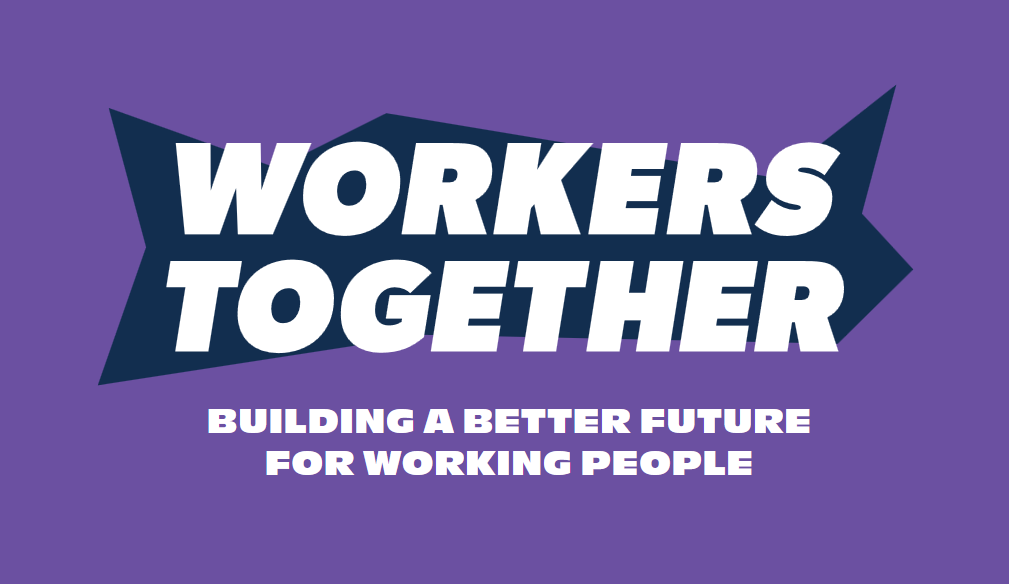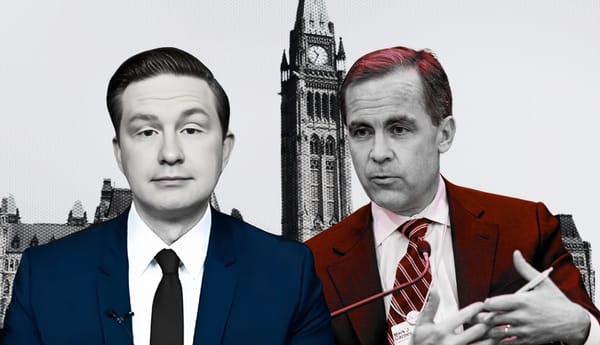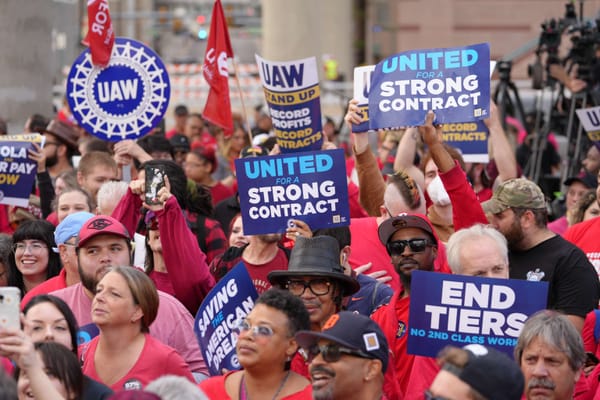
On June 1, British Columbia raised its minimum wage to $17.40 per hour, up from $16.75. B.C. now has the highest minimum wage of any province in Canada. As recently as 2016, the province had the lowest minimum wage in the country.
While this latest minimum wage hike will be significant for workers in low-wage jobs, it still falls far short of what many experts consider a living wage in most of the province. Aside from raising the minimum wage closer to a living wage, a range of affordability measures are needed to improve the lives of B.C.’s workers.
The B.C. government increased the minimum wage by nearly 4 per cent in response to the persistently high inflation registered in the province last year. In February, the government amended the Employment Standards Act to provide for automatic annual minimum wage increases based on the previous year’s inflation rate.
The government’s news release announcing the minimum wage increase indicates that the raise will impact roughly 240,000 workers. This is a direct estimate of the number of minimum wage workers and in this sense is an underestimation of the increase’s full impact. Minimum wage increases tend to have a spillover effect, putting slight upward pressure on the overall wage distribution, particularly for workers making just above minimum wage. The spillover wage effect is a positive social outcome of the minimum wage; it’s also why many low-wage employers dislike sizable minimum wage increases.
Increasing the minimum wage formed a central part of the NDP government’s “Together B.C.” poverty reduction strategy, along with providing additional funding for employment standards enforcement. These are welcomed initiatives and investments, despite them being far too small to cut deeply into poverty.
The B.C. Federation of Labour, for example, was cautiously optimistic in its reaction to the provincial budget announcement in February, which contained the planned minimum wage increase along with other measures meant to ease affordability. In particular, the Federation noted the need to close the gap between the minimum wage and a living wage, and called on the government to “reimagine” the way the Employment Standards Branch approaches enforcement. As the labour federation rightly pointed out, wage theft remains a persistent issue and proactive enforcement is needed to detect and prevent employer violations of workers’ rights. Such efforts require adequate and sustained funding.
Timed to coincide with the minimum wage increase, a new report authored by Iglika Ivanova, and co-published by the Canadian Centre for Policy Alternatives BC and Living Wage for Families BC, tracks the gap between the minimum wage and living wages across economic regions of the province. “Trapped in the Wage Gap” shows that more than a third of paid employees, or roughly 740,000 workers, earn less than the living wage in their community. The report’s findings are a wake-up call demonstrating the need to close this persistent pay gap.
According to the study, the living wage is calculated as the hourly rate that each of two parents working full-time would need to earn to support a family in their particular community. As Ivanova explains, “[The living wage] covers the necessities, offers an escape from severe financial stress and allows participation in the social, civic and cultural lives of their communities. It is based on the actual costs of living in a particular community and affords a decent, if still very modest, standard of living without the extras many of us take for granted. The living wage does not cover credit card, loan or other debt payments, savings for retirement, or for a downpayment on a home or the extra costs of caring for disabled, seriously ill or elderly family members.”
In other words, the living wage is just that: a wage sufficient to live, but not extravagantly. It is a family sustaining wage, but one that does not provide for excess saving or surplus enjoyment.
The study tracks the gap between the minimum and living wages in 20 cities and regions across the province. The living wage gap it identifies ranges from a low of $3.24 per hour in the northeastern community of Dawson Creek, to a high of $8.28 per hour in Metro Vancouver and $8 in Greater Victoria. In Metro Vancouver, for instance, 37 per cent of all paid employees earn less than the living wage of $25.68 per hour, the study reports.
The report also found that the majority of those working below a living wage are over the age of 25 — more than 229,000 workers. In other words, the majority of those surviving on low wages are not young people working summer jobs or saving their money while living at home with parents. Rather, the majority of low-wage earners are adults, many with families.
Women and racialized workers are disproportionately represented among those earning less than $20 per hour. For instance, while racialized people account for 38 per cent of paid employees in B.C., they make up more than half of those earning less than $20 per hour. Ivanova further reports that half of racialized women working in Metro Vancouver earn less than the region’s living wage. These workers are also much more likely to earn low wages than their non-racialized counterparts. Whereas 22 per cent of racialized workers earned less than $20 per hour in 2023, only 15 per cent of non-racialized workers earned below this wage.
The widespread living wage gaps the report demonstrates are certainly troubling, but “Trapped in the Wage Gap” makes several policy recommendations to help ease the burden on low-wage workers. In particular, the study recommends raising the provincial minimum wage to $20 per hour and estimates this measure would positively impact some 400,000 people across B.C.
In 2023, more than 413,100 workers in the province earned less than $20 per hour, which amounts to nearly one in five paid employees. Boosting the minimum wage closer to a province-wide living wage would thus go some distance in addressing affordability. Yet it’s also important to point out that even a $20 minimum wage is an immediate measure that would still fall short of the calculated living wage in many regions of the province.
As Ivanova points out, the B.C. government itself could also become a living wage employer and ensure that all of its direct and contracted employees earn wages adequate to sustain themselves and their families.
As well, the report makes clear that wages are not the sole affordability issue, in B.C. and beyond. Additional investments in public transit, income supports and affordable housing are needed, as well as measures to make healthy food more accessible.
Although not listed as a recommendation in the report, the best way to raise worker pay, increase affordability and tackle inequality more generally is to organize more workers into unions. Organized worker power and collective bargaining are the keys to boosting pay and reducing the power of employers and the wealthy.
By re-establishing card-check certification, B.C. has made it easier for workers to join unions, but much more could be done to lower the bar to unionization and to encourage collective bargaining as a policy objective.
The time is ripe for a massive growth in union membership in B.C. Unions should be pushing to make that happen.
Recent Class Struggle Issues
- May 27 | The Liberals Have Trampled On Workers’ Strike Rights
- May 20 | U.S. Starbucks Workers Are Negotiating A New Future
- May 13 | Canadian Artists Are Rising Up Against Hostile Agencies
- May 6 | The Latest Income Survey Is A Story Of Declining Fortunes







